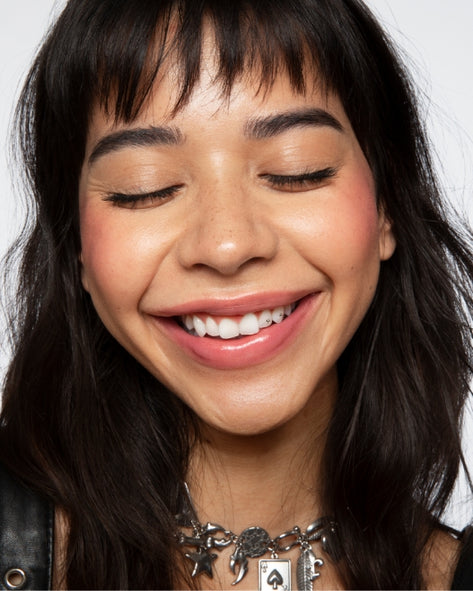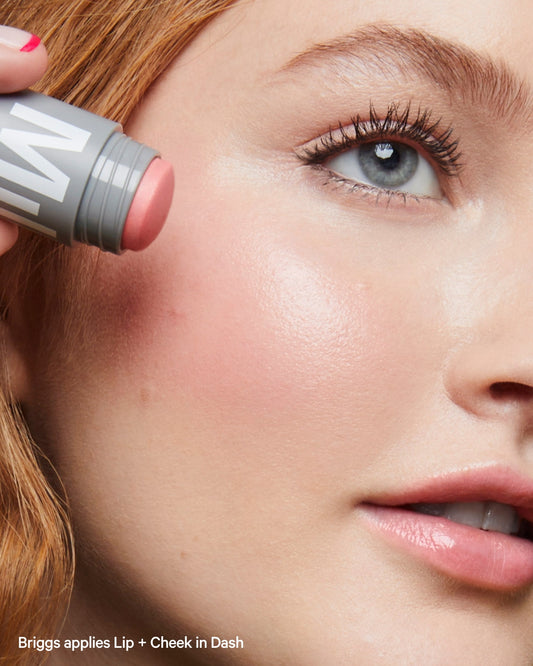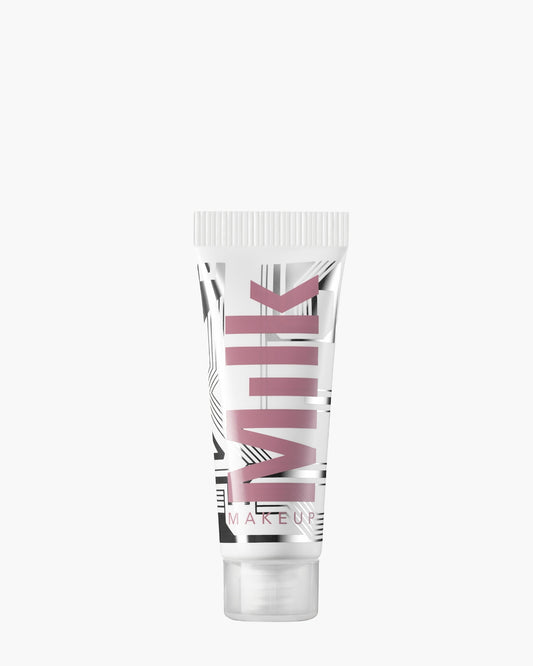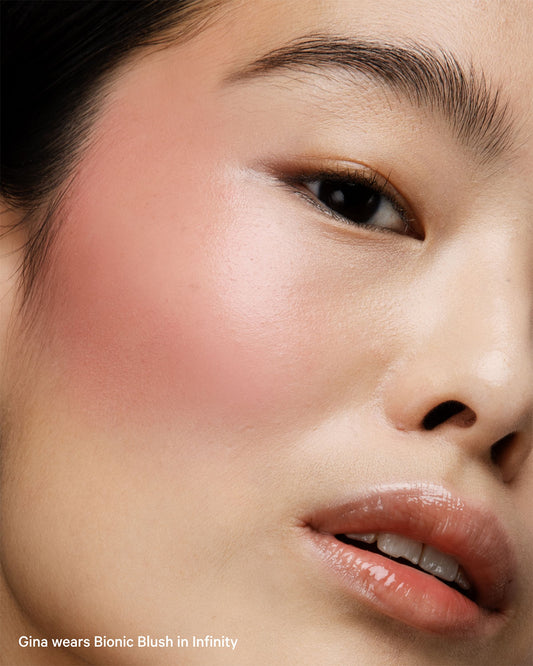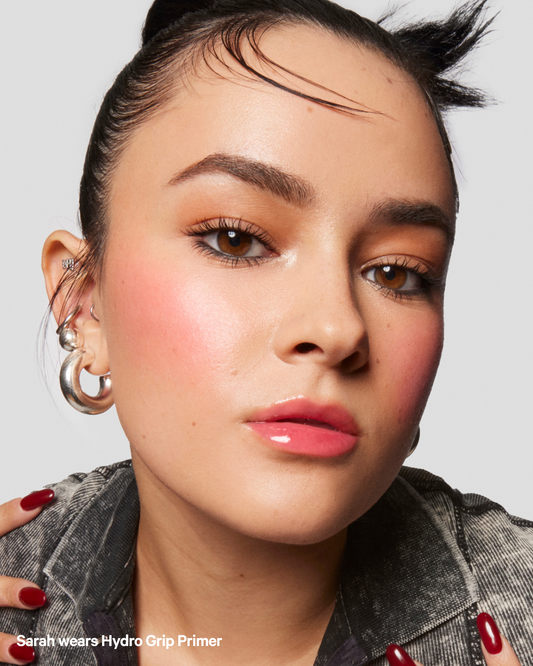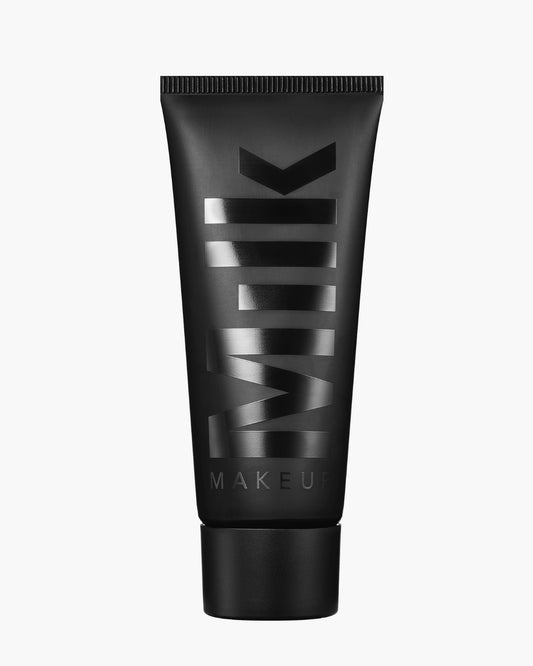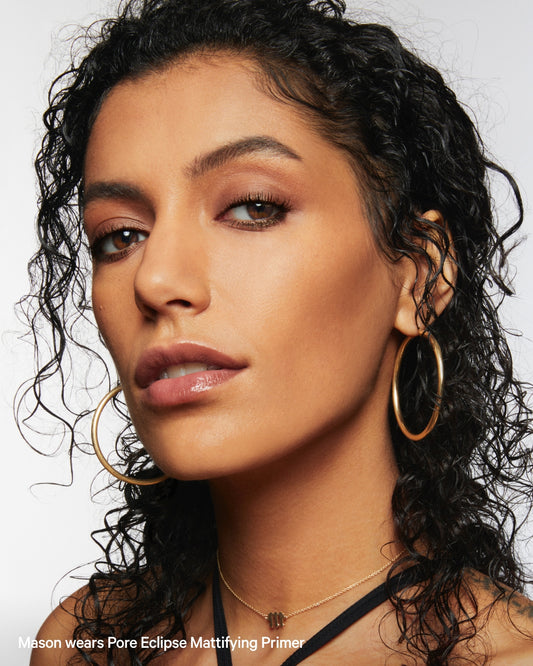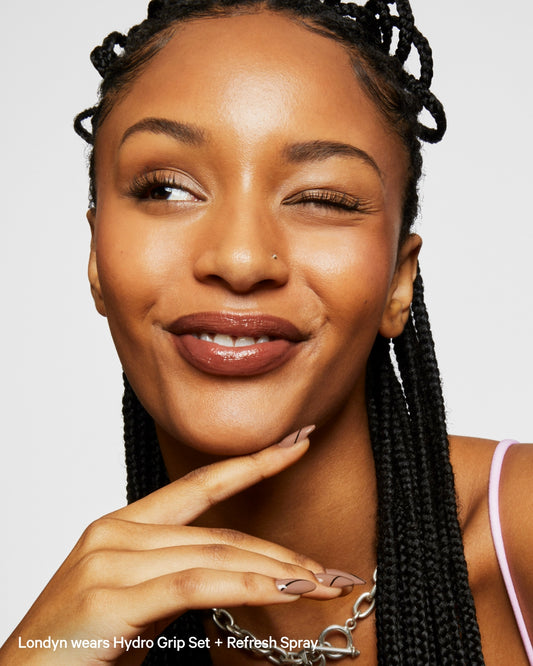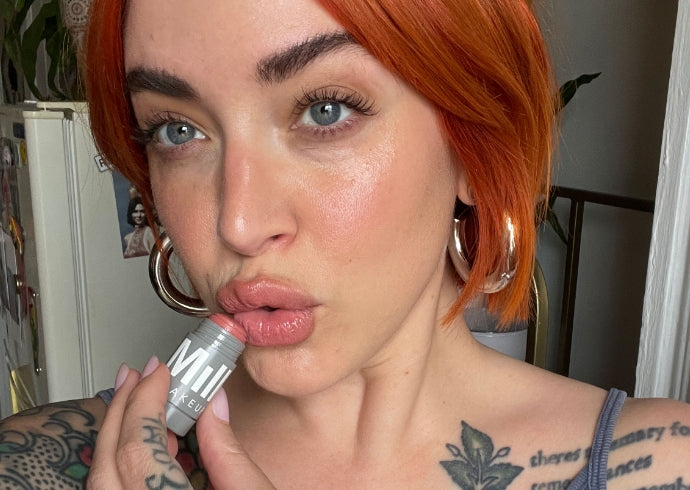With three different blush formulas in the full spectrum of colors, Milk Makeup has your blush game on lock. Still, with so many gorg shades and formulas to choose from, you might be wondering what the best blush shades for your skin tone are. Rest assured, you’ve got options beyond the classic powder blush that’s sitting in your makeup bag.
On our roster: Our multipurpose Lip + Cheek (a cream blush), our viral Cooling Water Jelly Tint (a sheer stain), and easy-to-use Bionic Blush (our skincare-infused liquid blush). With these superstar formulas a dreamy, natural flush and healthy-looking glow has never been easier to achieve. Plus, you may have seen our latest Cooling Water Jelly Tint shade, pHreeze. The pH-activated shade reacts to your unique skin pH to give you a pink that’s completely your own. Cool, right?
Below, Milk Makeup’s Director of Artistry Sara Wren shares the best blush shades for each skin tone from all of our fan-favorite blush formula ranges. But before we dive into that, remember: Any skin tone can wear any blush shade. There isn’t an exact science to picking the most flattering color for you. Instead, it’s mostly a matter of preference. But if you need extra guidance, we’ve got your back. Here's how to make our best blushes work for each skin tone.
What blush shades work best for fair skin?
If you’re looking for the best blush colors for fair skin tones, consider Smirk from the Lip + Cheek lineup. The soft, rosy hue has a glimmering sheen that’s perfect for a natural flush. According to Sara, this cream blush is ideal for anyone who loves Werk, one of our bestsellers: “Smirk is essentially the same shade but with a shot of shimmer like a built-in highlighter.”
Not into glitter? Try Bionic Blush in Infinity instead. It will give you the same natural-looking flush—just with a hydrated, dewy finish that looks incredible, especially on mature skin.
If your complexion has cool undertones, the TikTok-favorite Cooling Water Jelly Tint in Splash gives cheeks a stunning watercolor wash of berry. Those with warm undertones, on the other hand, will love the blush tint in Spritz for a coral-hued pop of color.
What blush shades work for medium skin tones?
Practically anything goes if your skin tone falls into the medium category. You can choose whatever fits your mood or matches your overall makeup look, including, but not limited to, apricots, rosy pinks, and juicy berry blush shades.
If you’re specifically seeking a natural flush, Lip + Cheek in Enigma is a sure bet. “It’s a cream blush in a gorgeous rosy beige with a clear base,” Sara says, “so it blends well across many skin tones.” You can also play up your warm undertones with Cooling Water Jelly Tint in Spritz.
|
|
|
What blush shades work for olive skin tones?
Olive skin tones tend to lean more neutral than their counterparts, as they contain a balance of pink and yellow undertones. So yet again, you can choose pretty much any color you like. (Noticing a pattern?) The best shade of blush for olive skin tones is, well, whatever your heart desires.
Of course, we will give you some suggestions regardless. One blush color we love for olive skin tones is Muse from the Lip + Cheek range. Its true deep burgundy hue gives cheeks a healthy glow, Sara says. Olive tones can also try Bionic Blush in Teleport (pastel coral), which gives skin a sunkissed effect, while Cooling Water Jelly Tint in Burst is wonderful for a vibrant poppy pink blush moment.
|
|
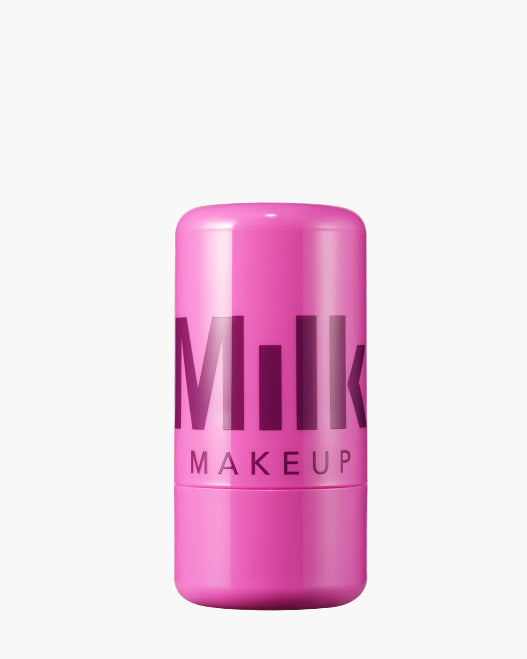 |
|
|
What blush shades work for dark skin?
As long as it’s pigmented enough, people with dark skin tones can wear just about any shade too—even the lighter pinks that may get written off as being too subtle or ashy for deep skin at first glance. Just make sure you’re choosing a light color that is also bright, like our Lip + Cheek in Rally. It’s a bubblegum-y mauve with a shimmer that blends like a dream on deeper skin tones. You can also experiment with Cooling Water Jelly Tint in Burst for a sheer, popsicle-stained vibe. Both pink shades complement deep skin tones beautifully.
If you have neutral or cool undertones, you can't miss our Lip + Cheek in Smirk, a versatile dusty rose, or Bionic Blush in Fly, a ruby-red shade that can carry a whole makeup look on its own—no eyeshadow or bronzer needed. Cooling Water Jelly Tint in Chill, a true red, is also the perfect blush for this vibe.
Another amazing option for dark skin tones: purple blush. Lip + Cheek in Quickie or Bionic Blush in Beyond are great shades to use if this is the look you’re going for. Also—don’t sleep on Jelly Tint in Splash, a purpley-pink berry shade.
What pink blush works for all skin tones?For a fail-safe perfect match that that adjusts to your skin, try our pH-activated Cooling Water Jelly Tint in pHreeze. We recommend applying it with a blush brush rather than your fingers, then waiting two minutes to see your custom pink appear based on your skin’s unique pH. Plus, if your pH changes throughout the day—for instance, if you eat spicy food or hit the gym—the blush may intensify. |
 |

How to choose between-warm and cool-toned blush colors
The best blush shades aren’t limited to one specific tone category. Warm-toned apricots, moody mauves, peachy pinks, and rich plums can be just as flattering as any red, pink, and dark berry hues in the cool tone family, regardless of skin tone. Unlike foundation and concealer, which you want to mimic your natural skin tone, blush is supposed to serve as a fun, playful pop of color.
Your undertones can offer guidance when it comes to choosing a blush shade, but it’s not the be-all, end-all. Many of our blushes were purposefully formulated to work across all skin tones. Werk, in particular, is a no-brainer for just about every complexion. “It’s a magic shade because it’s right down the middle,” Sara explains. “Not too warm, not too cool. Not too bold, not too sheer! You can wear it with a bold smokey eye or as a blush with a bold red lip,” Sara says.
At the end of the day, though, the right blush shade for you is the one you want to wear over and over again.
Meet the Expert:
Sara Wren (she/her) is the Director of Artistry at Milk Makeup. In her role, she does all the makeup artistry and direction for our Milk Makeup global campaigns, educates the staff and field team on application methods, stars in the brand’s social media videos, and travels to different markets spreading Milk Makeup’s good vibes. When she’s not on set, Sara loves experimenting with DIY hair colors, eating tacos, watching basketball, and scouring for vintage cosmetics to add to her impressive collection.
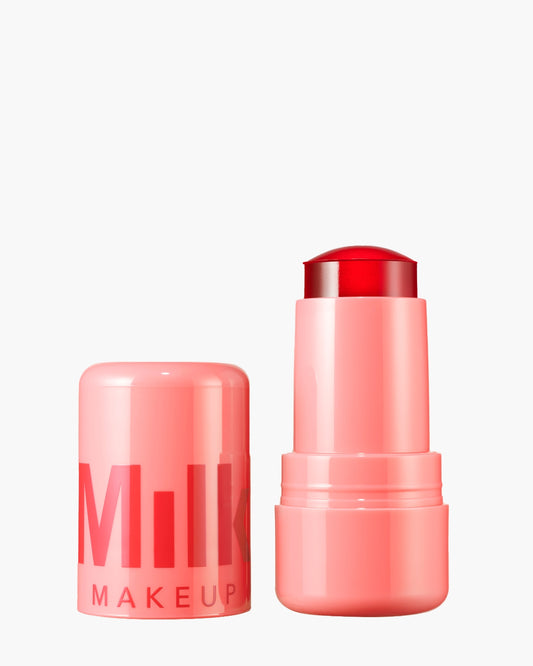
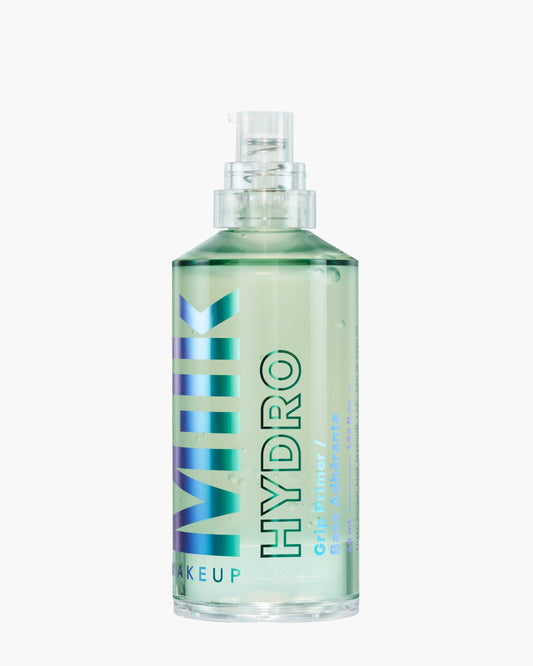
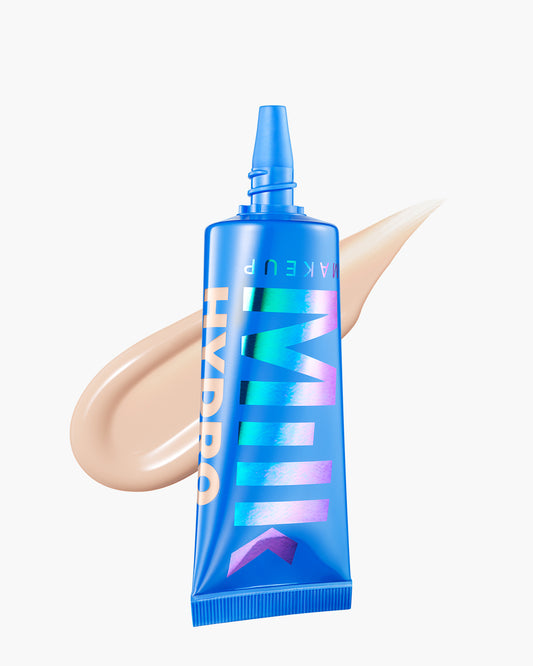
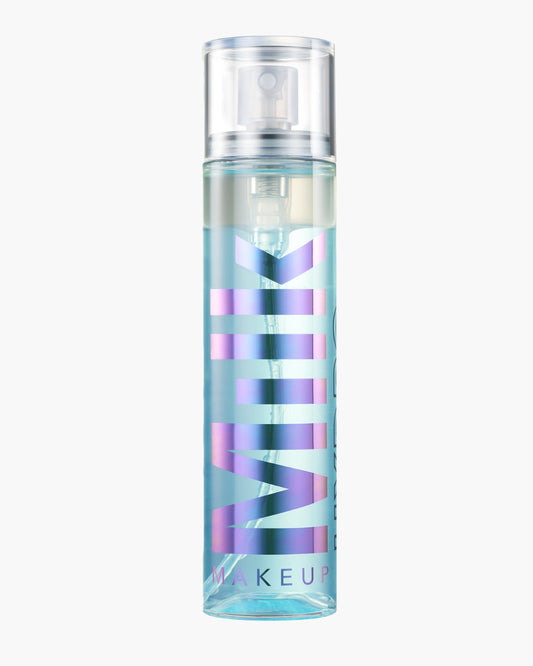
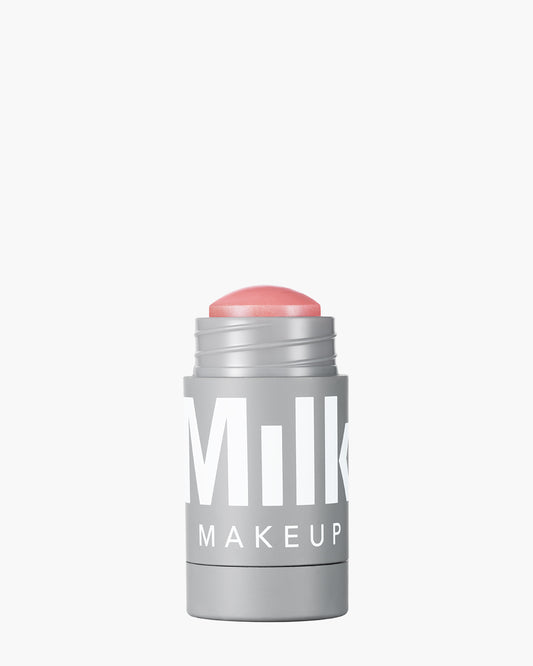
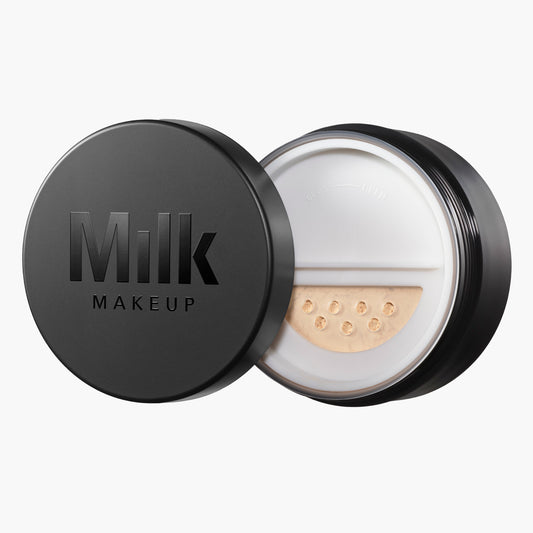

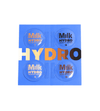



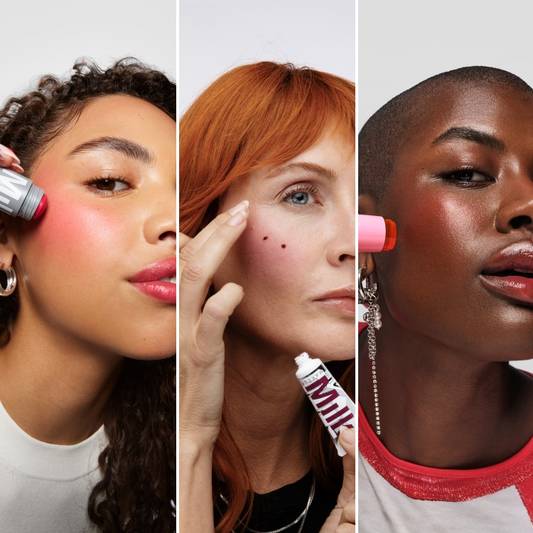
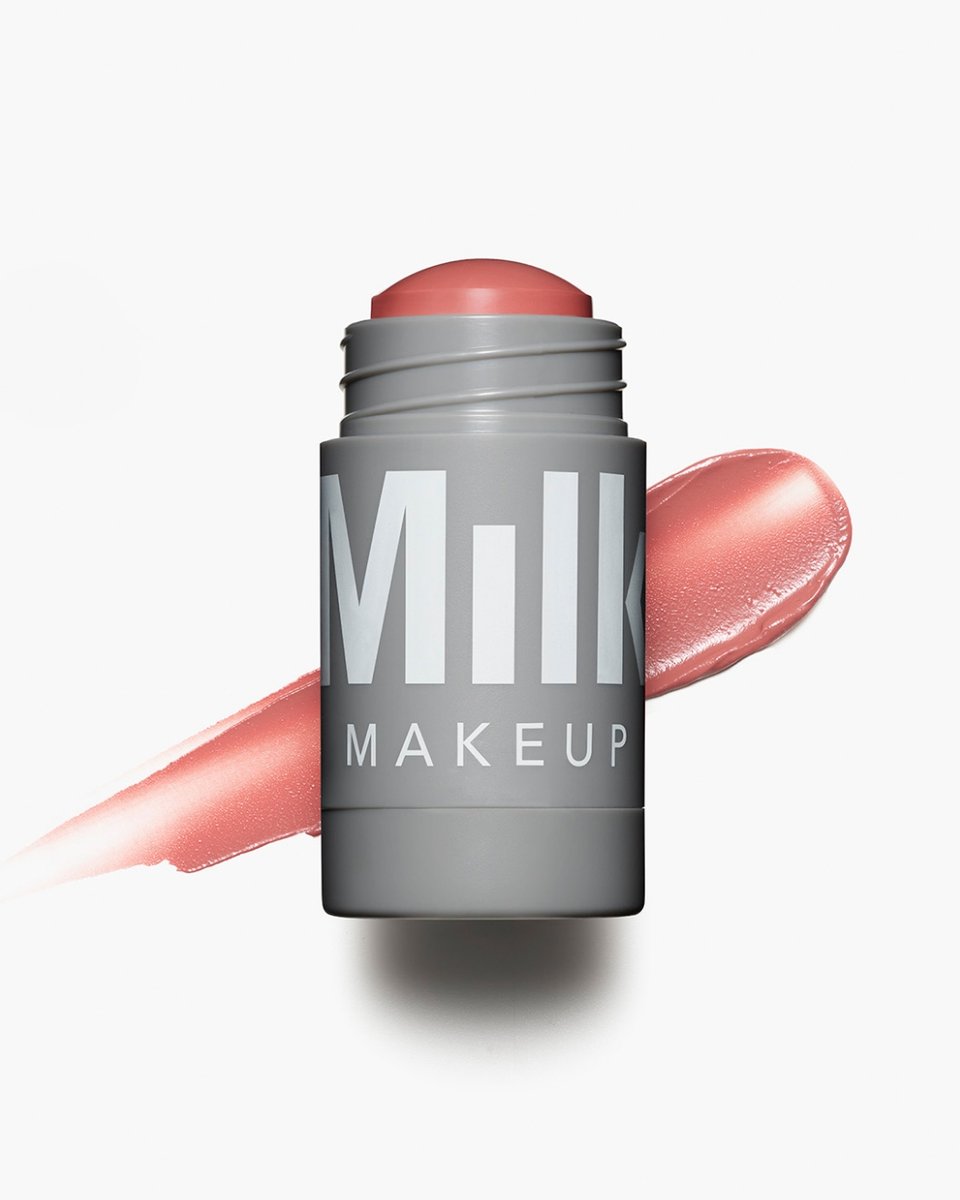
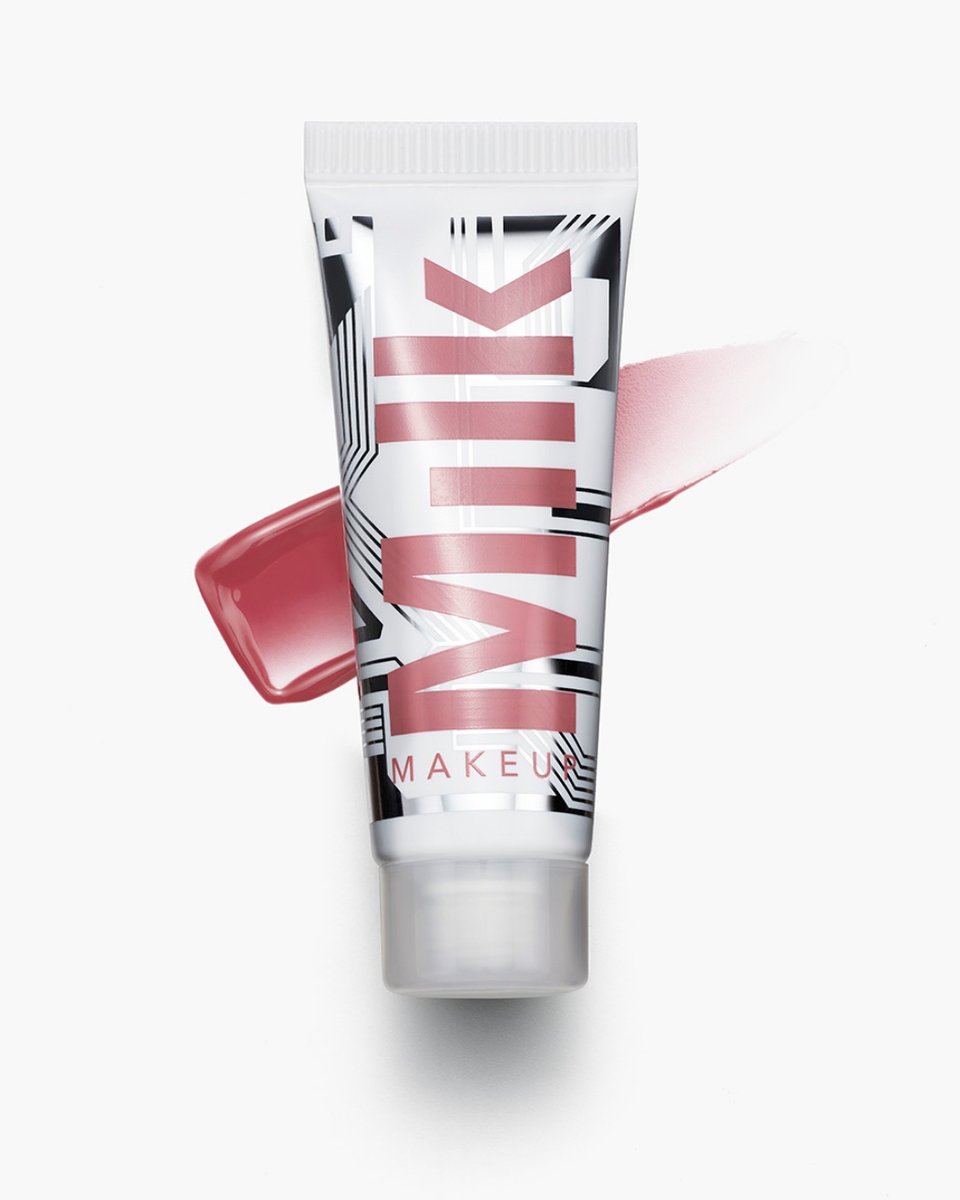
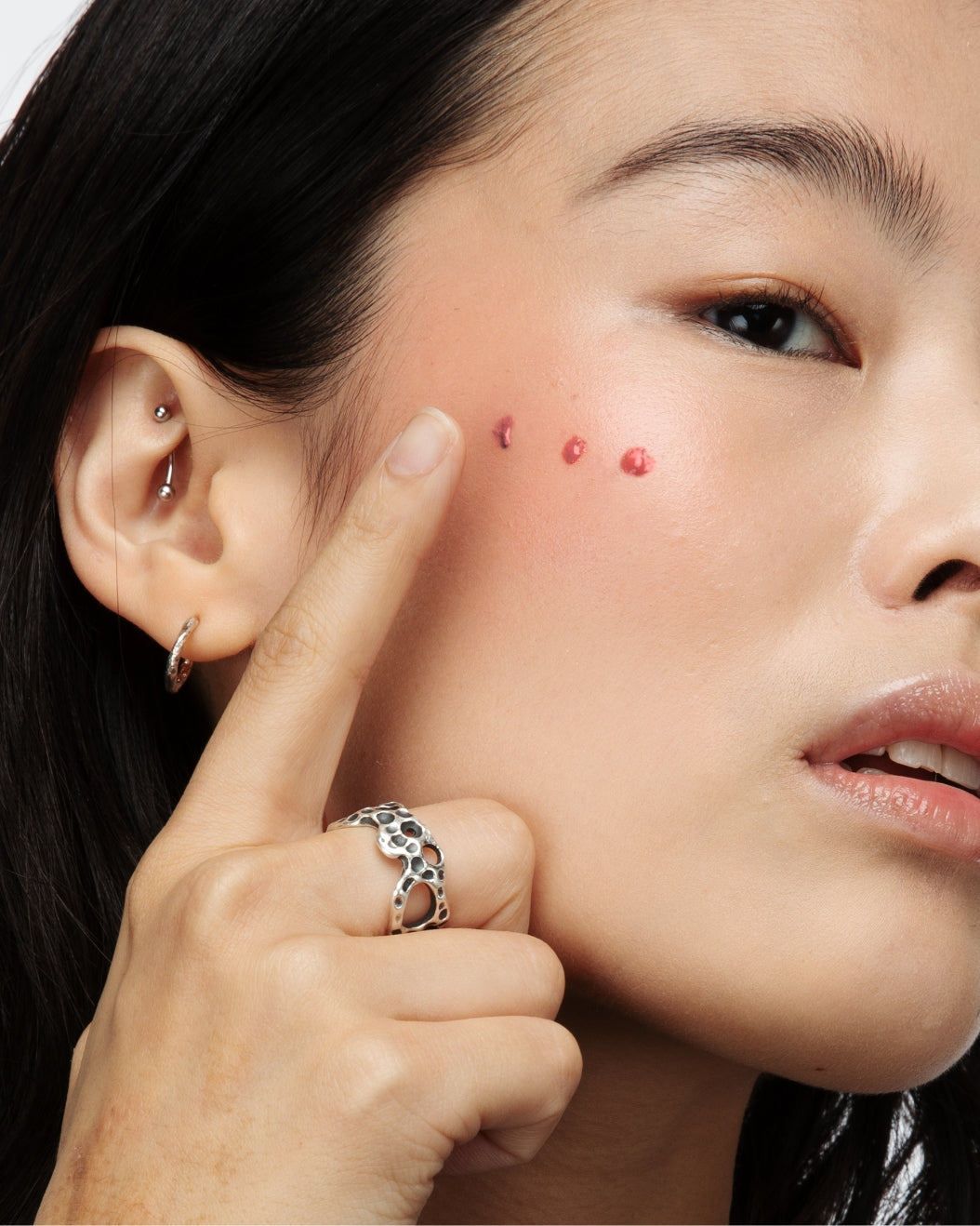
 "
"